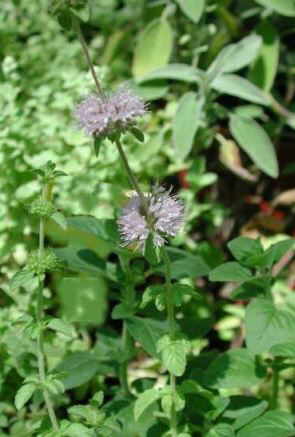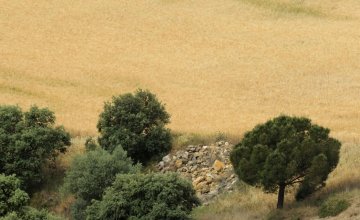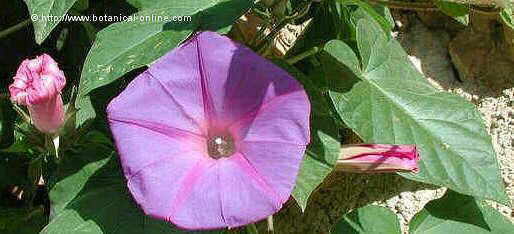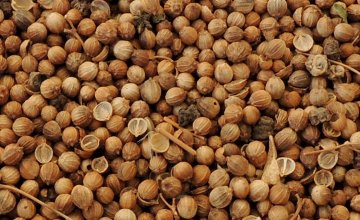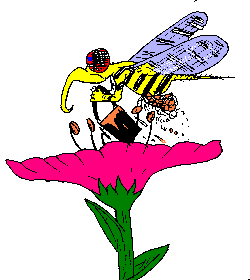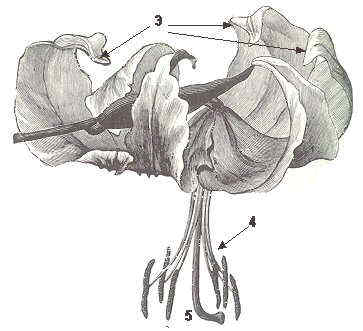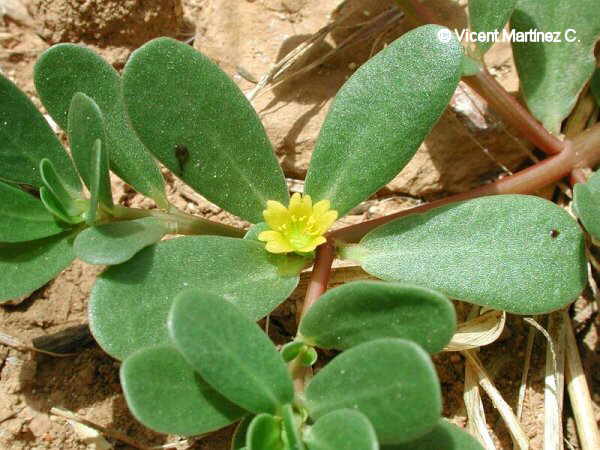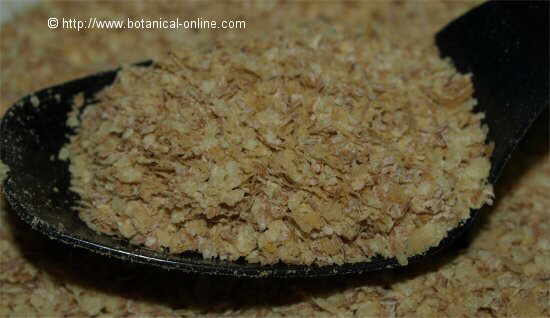Types of mint
What types or species of pennyroyal and mint exist?
The genus Mentha is formed by many very similar species and, most often, very difficult to classify. The reason is due to the ability of hybridization or crossbreeding of these plants:
- Pennyroyal (Mentha pulegium): Stems usually crawling from which the flower stalks arise. Oval leaves up to 2 cm long with peduncles shorter than the flower stems; Leaves are covered with a dense gray pubescence, oval with blunt teeth. Flowers up to 6 mm, lilac or pink, rarely white, rounded and clustered together in whorls. With similar properties to peppermint

Photo of pennyroyal (Mentha pulegieum) American Pennyroyal (Hedeoma pulegoides): Also known as pennyroyal. This North American natural annual herb has similar properties to European pennyroyal mint (Mentha pulegium). American pennyroyal has been used by Native Indians in a usual manner for the same purposes.
Today, extracts of this plant take part in the composition of many beverages to improve its aroma. The FDA (U.S. Food and Drug Administration) believes that this plant contains principles that can be hazardous to health, so it discourages the use of any preparation made with this herb both in internal and external use.
- Apple mint, woolly mint (Mentha rotundifolia = Mentha suavolens): Although its scent is not as nice, its properties are similar to the previous ones. It is one of the most primitive and original mints that it is not subject to hybridization (See full study of the plant)
- Spearmint (Mentha spicata = Mentha viridis). It is mainly characterized by its leaves that have no petiole and its pointed leaves. It has similar properties to the other mints.
- Water mint (Mentha aquatica). It can reach 2 m height. It is used as a diuretic, sedative and stomachic.
- Horse mint (Mentha longifolia = Mentha sylvestris): We can identify it because of it long terminal spike. Its properties are very similar to all mints. It is the species most used for essential oil. Its properties are similar to other mints but its smell is less prominent.
![]() More information on mint
More information on mint

